
Prof. Martin Thorne, Ph.D.
Lab spectrometers determine quantities of chlorophyll. Though for predicting a tomato's ripeness, nothing beats the soft give of its skin against your thumb. I've published research articles on phototropism in plant biology, and I still find myself whispering encouragement to seedlings as they stretch toward their growth lights. The academy lauds peer review, but dirt teaches us the best lessons.
A few decades ago, I considered companion planting nothing more than a horticultural myth. Then, a graduate student's thesis opened my eyes when it showed marigold roots exude nematicides. From there, we planted marigolds in the rows of our nematode-infested tomatoes. Yield increased by 22 percent. Now, I interplant calendula in plots of my own. Science confirms what grandmothers always knew. Try to test your traditions and note your findings in the margins of your seed packets.
Last month, I helped a community garden implement my garden hacks related to soil pH. We used crushed eggshells as soil amendments for alkaline beds, and coffee grounds for a bed of acid-loving plants like kale. They doubled their kale harvest that fall. This is what you do next: Bury a slice of a raw potato next to a rose bush. After a week or so, compare the bloom count and vigor of that rose bush to a bush that received no additional treatment. Please email me your findings and describe the rosebush type and growing conditions. I will add your citizen science experiment to aggregated data gathering, and map those data against zones. Whether you're altering a variable or manipulating a careful arrangement of seed trays on a kitchen windowsill propagator, each observation will feed and advance the ground beneath us.
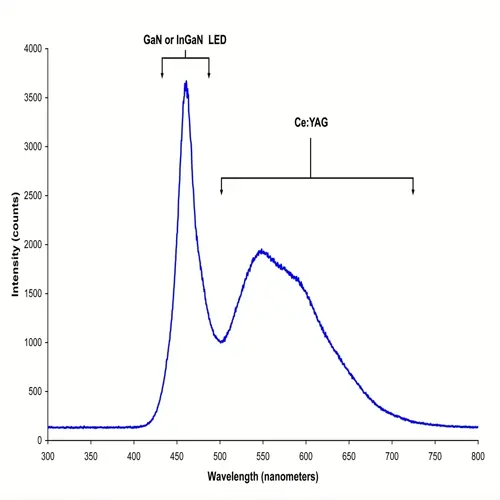
LED Light Spectrum Essentials Explained
What makes LED light spectrum vital for health and plants? Uncover the secrets of full-spectrum lighting and transform your spaces today!
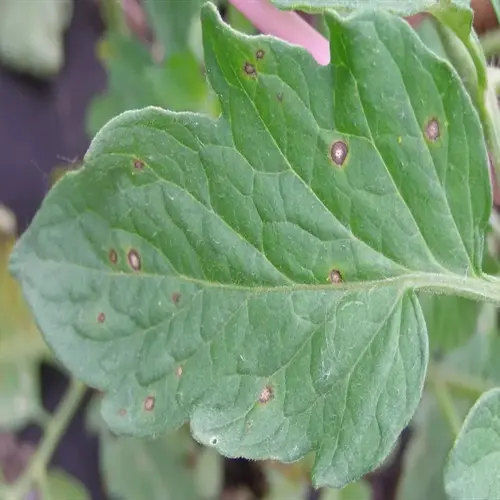
10 Common Tomato Diseases and Prevention Tips
Struggling with sick tomato plants? Learn about common tomato diseases and actionable solutions to rescue your garden harvest today!
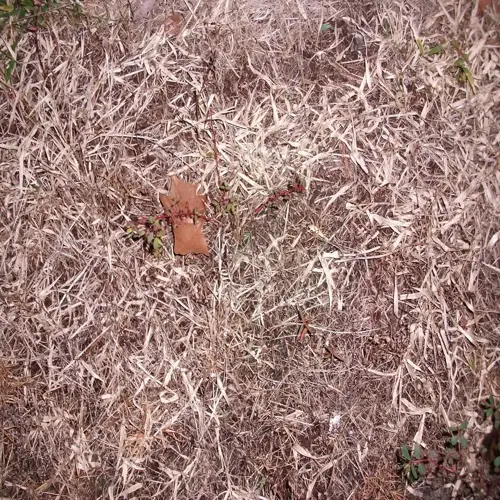
Brown Patches Lawn: Causes and Solutions
Wondering about brown patches lawn? Find surprising causes and easy fixes to restore your green paradise!
When to Plant Carrots: Expert Timing Guide
Unlock the secret to perfect carrots! Learn exactly when to plant carrots for year-round harvests, avoid rookie mistakes and grow sweeter roots.
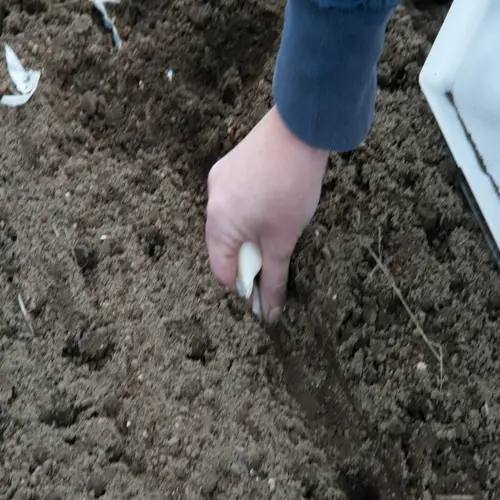
When to Plant Garlic Perfectly
Learn exactly when to plant garlic for giant bulbs! Master timing, soil prep, and care secrets for a bumper harvest.
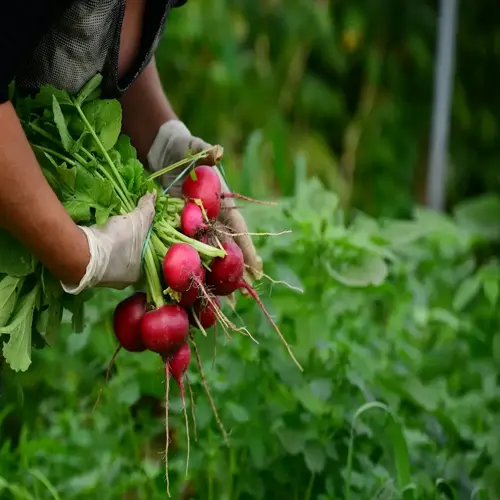
3 Signs to Know When to Harvest Radishes
Learn when to harvest radishes using clear visual signs. Never miss the perfect moment for crisp, flavorful homegrown radishes!
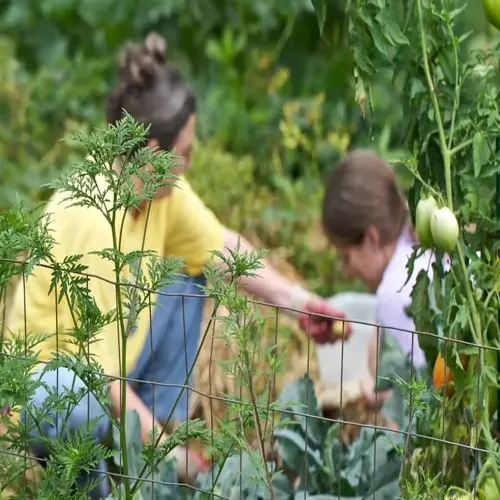
7 Essential Signs When to Harvest Potatoes
Unlock the perfect timing for your potato harvest! Learn when to harvest potatoes for maximum yield and storage, dig into expert tips now.
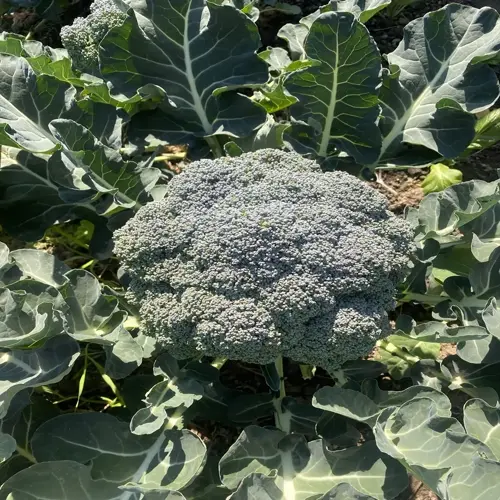
When to Harvest Broccoli: Essential Guide
Unsure when to harvest broccoli? Unlock the secrets to perfect timing for tender heads and endless side shoots, never miss a harvest again!
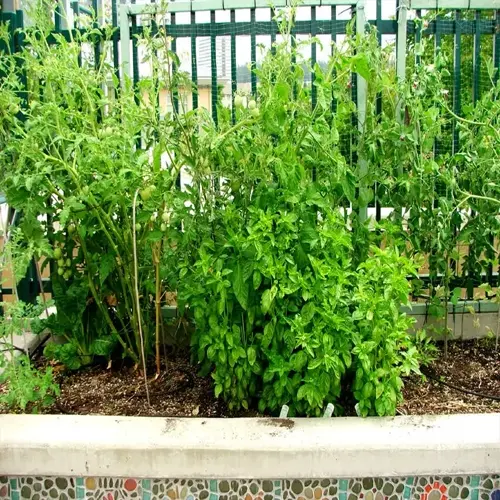
Best Tomato Companion Plants
Unlock a thriving tomato harvest with nature's perfect allies! Learn about the best tomato companion plants for pest-free growth and explosive yields.
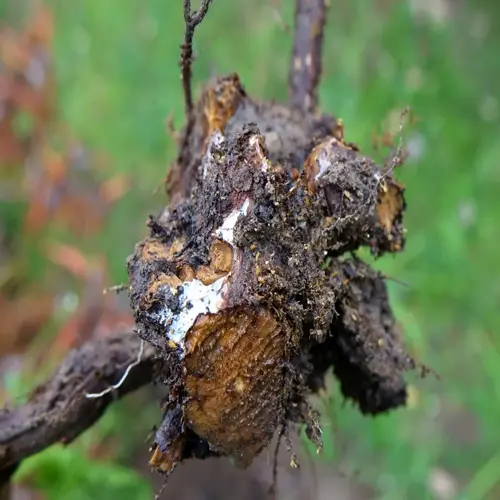
Spotting Signs of Root Rot Early
Worried about your plants? Learn the critical signs of root rot and life-saving steps to rescue your green friends before it's too late!
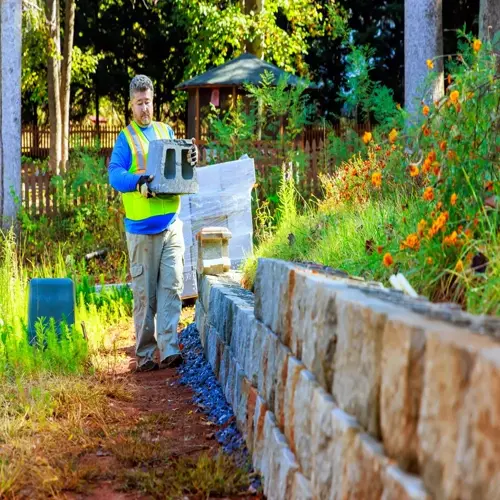
9 Effective Ways to Prevent Soil Erosion
Struggling with soil loss? Uncover actionable strategies to prevent soil erosion and protect your land, start saving your soil today!

10 Natural Rabbit Repellents for Gardens
Tired of rabbits eating your plants? Find 10 proven natural rabbit repellents that actually work, save your garden today!
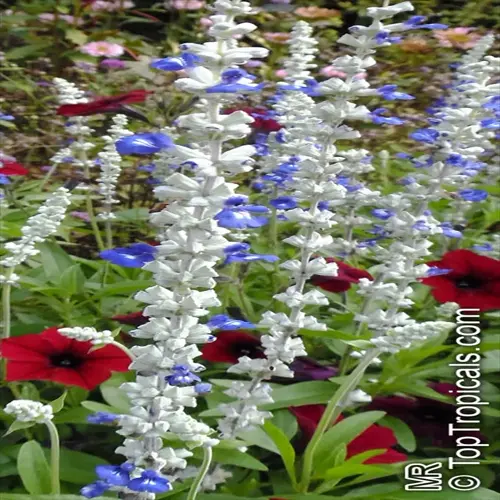
How to Grow Sage: A Complete Beginner's Guide
Want fresh sage year-round? Learn how to grow sage successfully with our easy guide, perfect for gardens or containers!
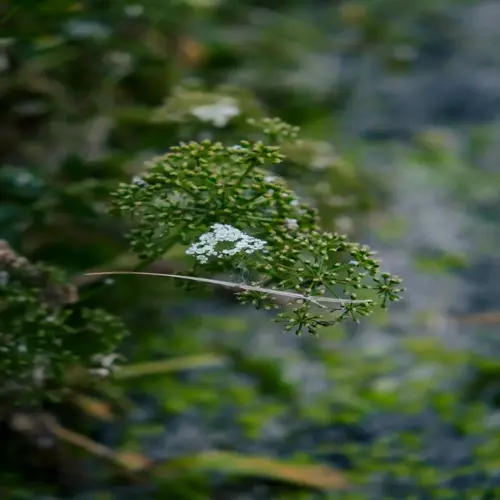
How to Grow Parsley: Complete Expert Guide
Unlock garden-to-table freshness! Learn to grow parsley effortlessly indoors or outdoors, ideal for beginners and experienced gardeners.
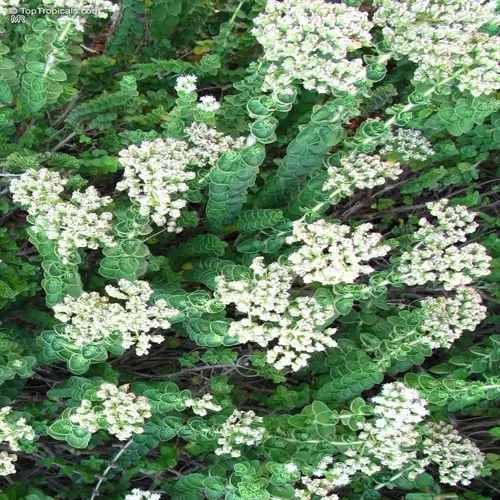
How to Grow Oregano Successfully
Learn how to grow oregano like a pro! Unlock secrets for thriving plants and endless harvests, your kitchen will thank you.
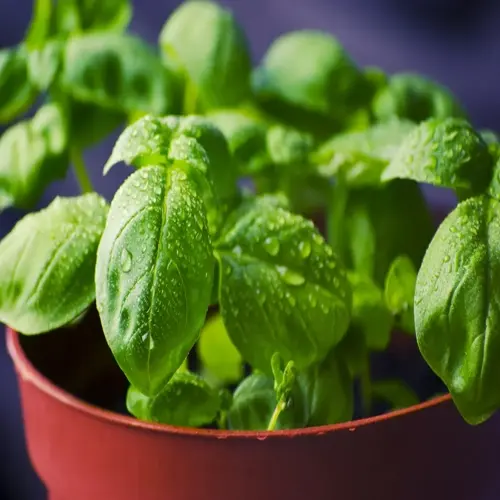
How to Grow Mint: A Complete Beginner Guide
Learn how to grow mint effortlessly! Expert tips for thriving plants indoors or outdoors. Your ultimate guide to fresh, fragrant mint year-round.
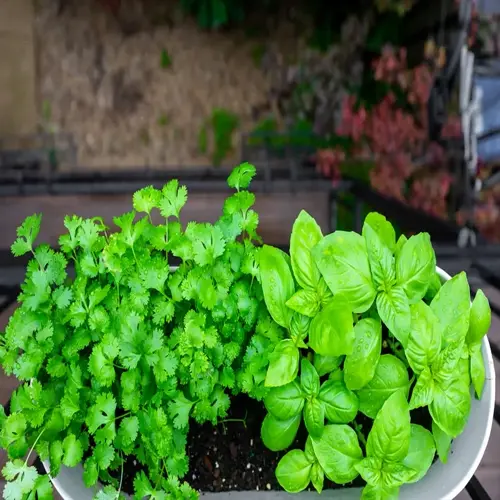
How to Grow Cilantro: Ultimate Beginner Guide
Unlock fresh flavor year-round! Learn how to grow cilantro effortlessly, avoid common mistakes and enjoy endless harvests.
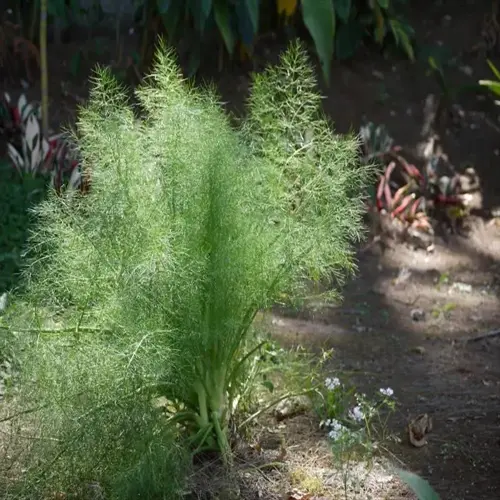
How to Grow Dill Successfully
Unlock the secret to endless fresh dill! Learn how to grow dill easily at home, your dishes will never be the same.